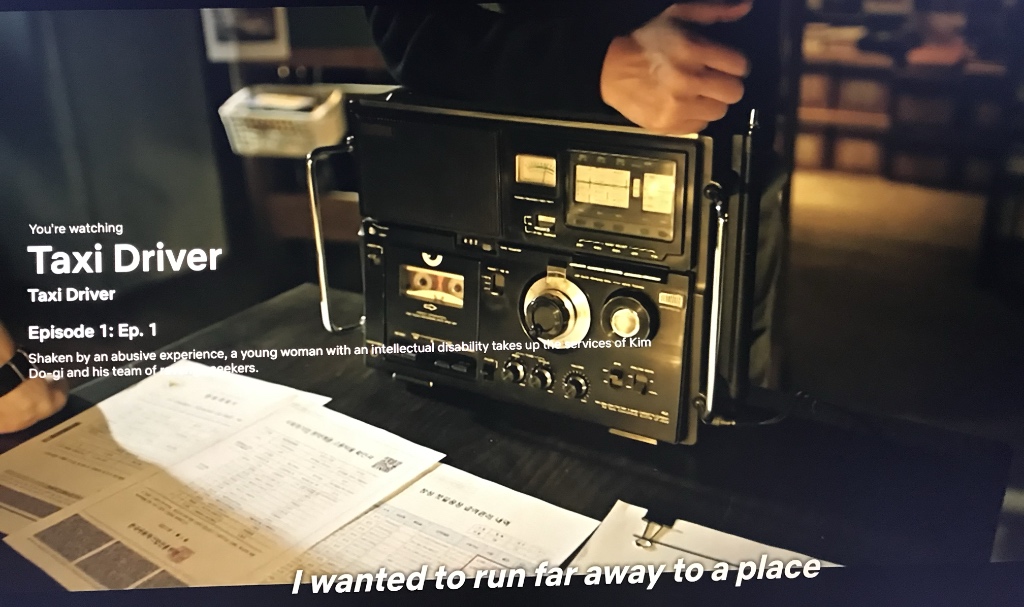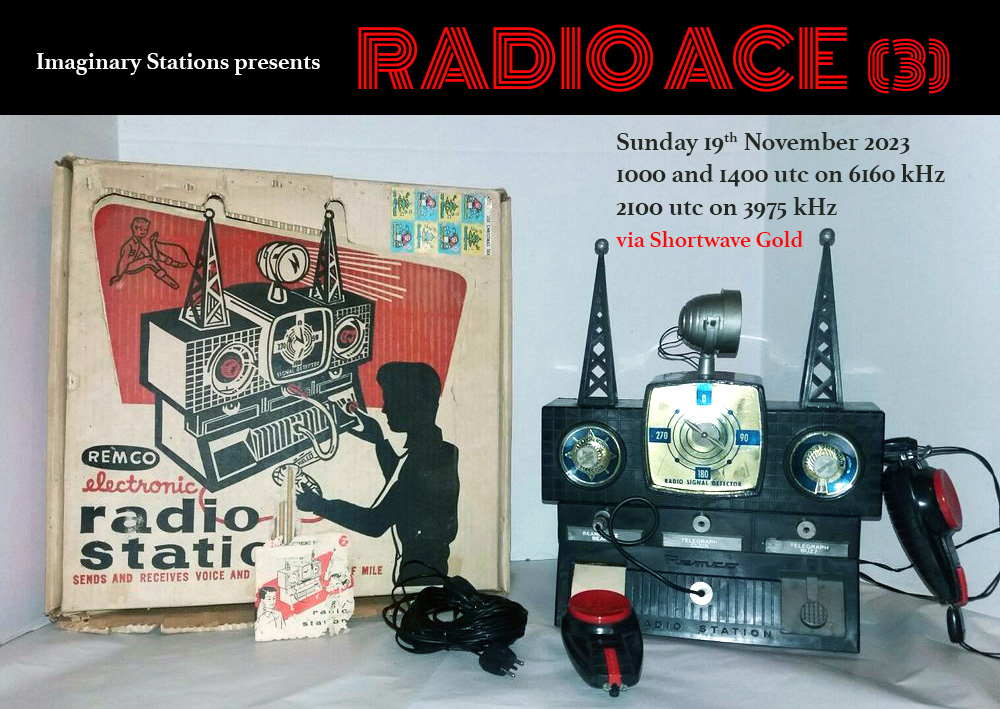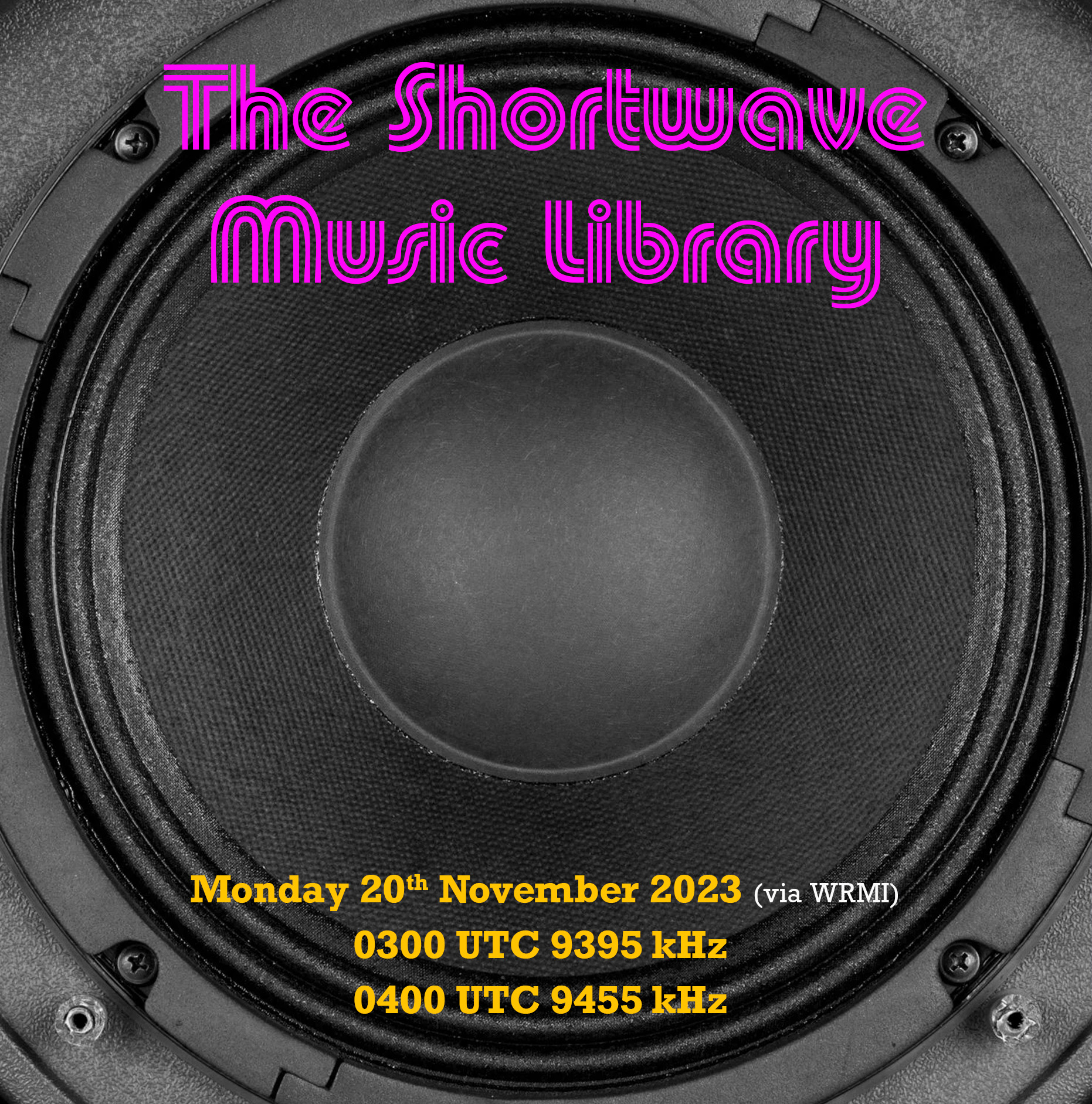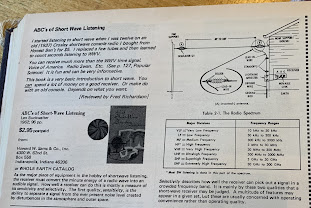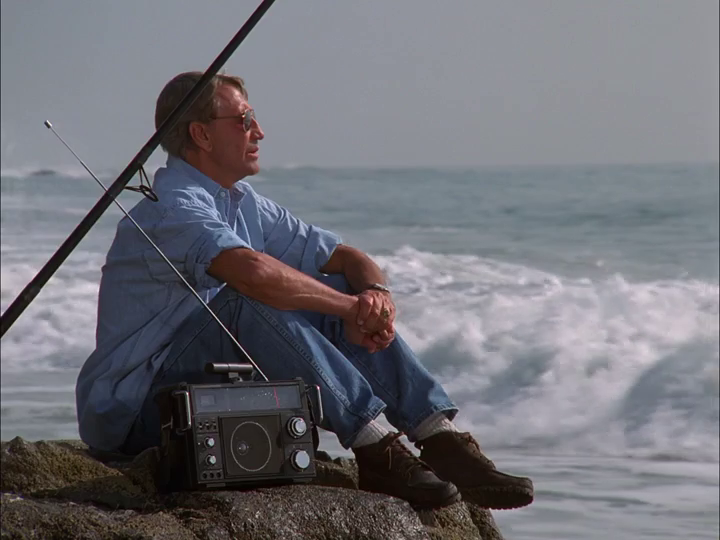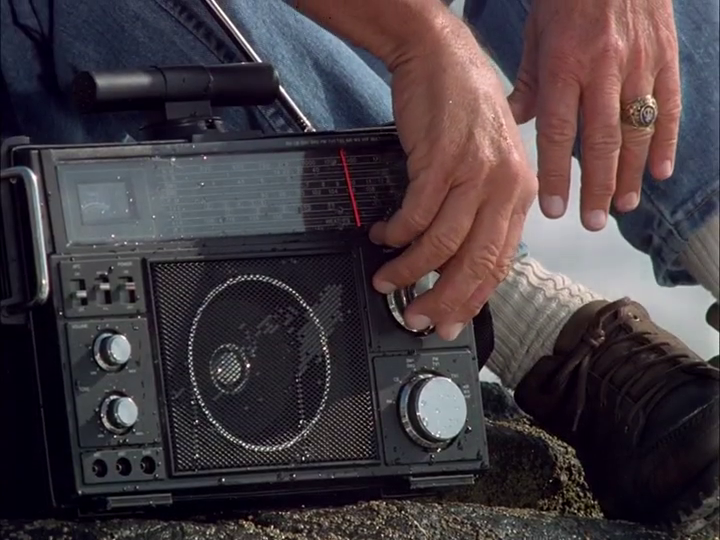Many thanks to SWLing Post contributor, David Iurescia, who shares the following announcement from Radio Romania International:
 Time for RRI’s annual survey of its listeners and Internet and social media users to find out the 2023 Personality of the Year.
Time for RRI’s annual survey of its listeners and Internet and social media users to find out the 2023 Personality of the Year.
RRI is again holding its annual survey of its listeners and Internet and social media users to find out the 2023 Personality of the Year.
And this has been no easy year, with Russia’s war in Ukraine continuing, energy prices rocketing, many parts of the world suffering food shortages, and not least, with global warming causing what was probably the hottest year on record. On top of all this came the conflict between Israel and Hamas, in the Gaza Strip.
In this difficult year, which international public figure, in your opinion, has had the strongest positive impact on the world? And why? RRI will designate its Personality of the Year based on your nominations, which you can submit, together with a short justification, by posting directly on our website in a comment to this article, at www.rri.ro, by email at [email protected], on our Facebook page, on Instagram, WhatsApp, at 0040.744.312.650 (text or audio) or by fax at 0040.21.319.05.62.
We will announce the RRI Personality of the Year on-air and online on Monday, 1st January 2024.
We are looking forward to receiving your nominations, so please, get in touch!
 Many thanks to SWLing Post contributor, Istvan Biliczky, who shares the following announcement:
Many thanks to SWLing Post contributor, Istvan Biliczky, who shares the following announcement:

